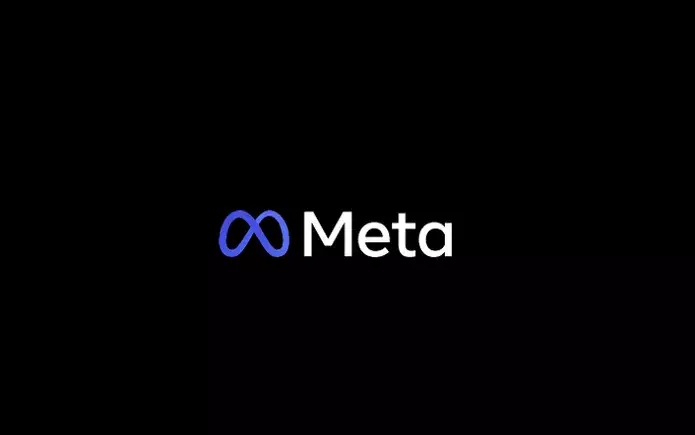In a surprising move earlier this year, Meta made a significant change to its advertising platform by removing detailed targeting exclusions for all new campaigns. This decision caught many advertisers off guard, as Meta did not officially announce the change until recently. The removal of these exclusions has raised questions about how it will impact ad targeting and overall campaign performance.
Meta’s detailed targeting exclusions allowed advertisers to exclude certain demographics, interests, and behaviors from their ad audience. While this feature provided advertisers with more control over who sees their ads, Meta found that over time, these exclusions were actually limiting ad effectiveness. Despite advertisers’ beliefs that detailed targeting exclusions would improve performance, Meta’s advanced AI systems are now better equipped to deliver the right ads to the right users at the right time without the need for exclusions.
According to Meta, the median cost per conversion for ad campaigns improved by 22.6% when detailed targeting exclusions were removed. This data suggests that relying on Meta’s AI system to reach the right audience may yield better results than manually excluding certain groups. The decision to remove detailed targeting exclusions aligns with Meta’s vision of streamlining the advertising process and relying more on automated solutions.
This recent change in ad targeting exclusions is not the first time Meta has made adjustments to its platform. Earlier this year, Meta removed and consolidated some targeting options that were underutilized. While there was initial confusion surrounding the removal of detailed targeting exclusions due to a premature alert sent out to advertisers, Meta has clarified that these exclusions are no longer available for new campaigns. Existing campaigns utilizing audience exclusions will remain unaffected until January 31, 2025.
Advertisers who relied on detailed targeting exclusions are now encouraged to explore alternative exclusion options, such as custom audience exclusions and account-level advertising settings. While this may require a shift in strategy for some advertisers, Meta’s data suggests that these alternative options could be just as effective, if not more so, in reaching the desired audience.
Meta’s decision to remove detailed targeting exclusions is part of a larger shift towards more automated advertising solutions. With the success of its Advantage+ campaigns and the promise of AI-generated ad content, Meta envisions a future where advertisers no longer need to manually configure their campaigns. While this may seem counterintuitive to some advertisers, Meta’s AI system has been built on a foundation of ad and audience engagement knowledge, making it well-equipped to deliver results that surpass manual efforts.
Meta’s recent decision to remove detailed targeting exclusions marks a significant shift in its advertising platform. While some advertisers may be hesitant to embrace this change, the data and future vision presented by Meta suggest that this decision is ultimately for the better. Advertisers are encouraged to explore alternative exclusion options and trust in Meta’s AI system to optimize ad performance and reach the right audience effectively.


Leave a Reply